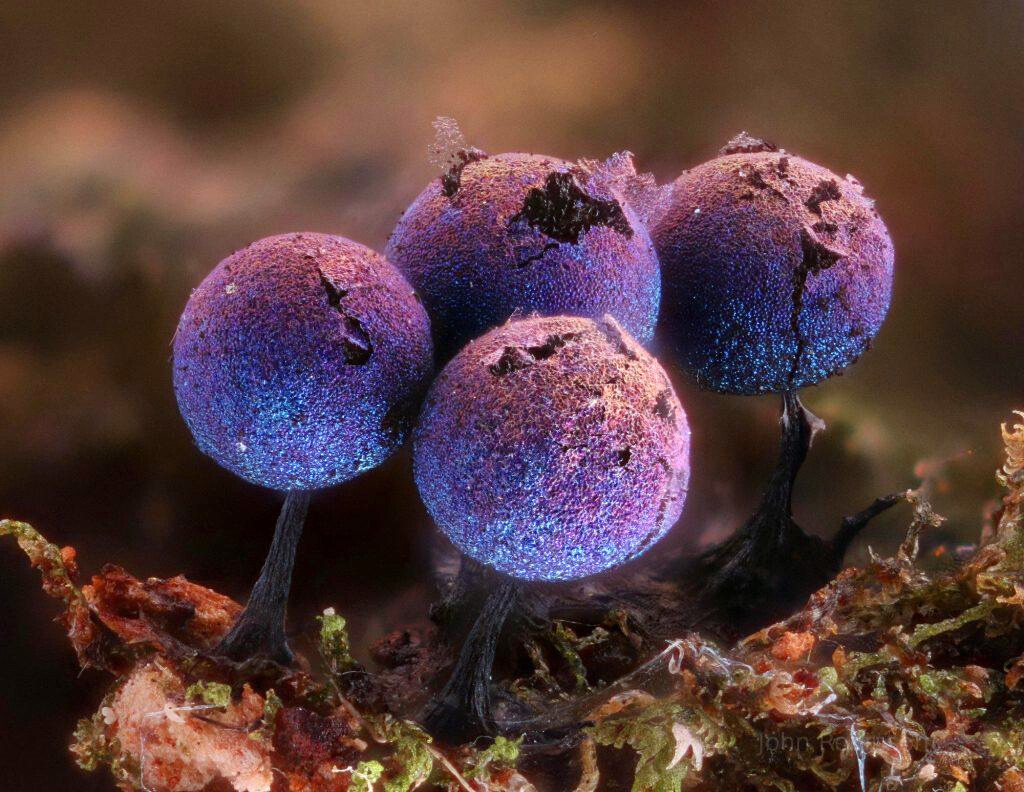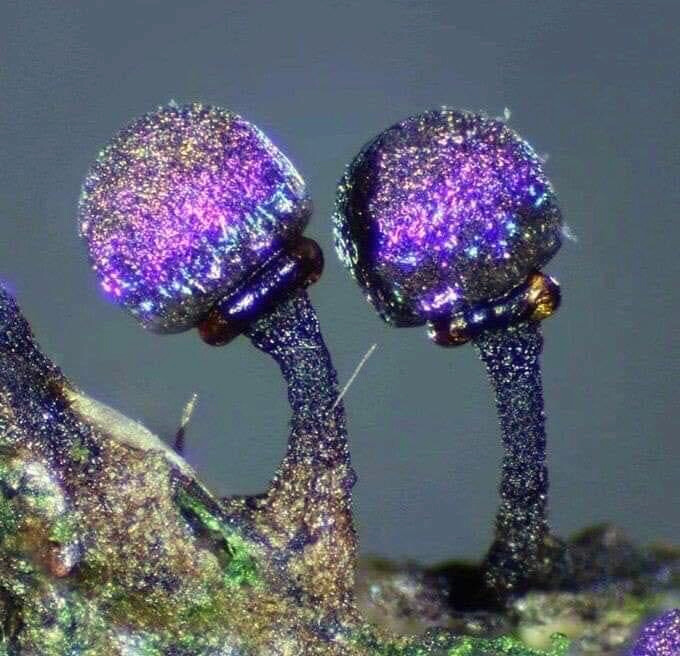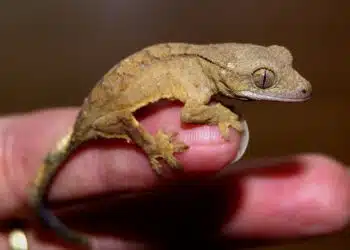In Search of the Amethyst: Discovering Purple Mushrooms in the Forest
Deep within the shadowy underbrush of the forest, a hidden treasure of vibrant hues awaits the curious and the keen-eyed, which is the Amethyst mushroom. Such exclusive and exquisite shades would certainly instill a sense of humility, or the feeling of being transported into an enchanted world where flowers and fables coexist. This is not simply off for a walk; it is as if one is going on a mission to explore the principles of one of God’s mysterious creations, a spectacle found deep within the forest. As for the Amethyst mushrooms with the violet cap, they are not only for the admiration of a gourmet’s eyes. They are signs of the unknown and the mystic: there is much left to be uncovered beyond the space seen through the green tapestry of trees. Welcome to an exploration of these astounding fungi. Let us share with you why every process we undertake in this search, is in fact a process of discovery of this splendid world and part of the mission to protect it.

1. The Allure of Amethyst Mushrooms
1.1 Visual Characteristics
Amethyst mushrooms captivate with their vivid, purple caps that sparkle subtly in the dappled forest light. Unlike the other emitting a relatively low light, these mushrooms are astonishingly distinguished by the beautiful coloring that can literally vary from deep violet to pale lavender. Their hunt has a sparkle of the gems they are coined after, which makes them quite attractive to those foraging for mushrooms. The skin of these fungi is non porous and very glossy therefore enhancing the look of the gem like fungi, it is common to find these fungi jutted out of the ground among silt and moss around logs and leaves brightening the forest floor with some hue of color.
1.2 Preferred Environments
Simply, the group of amethyst mushrooms is mainly found in the damp and shaded condition. They occur beneath the protective layer of the forest canopy which restricts sunlight exposure. They are most often located in ground-covered environments or at the base of trees, as the ground is nutrient-dense there. Such conditions can be characteristic of older pristine forests where the frequency of mp is low, humidity is retained and the general environment is relatively stable. Not only does such an environment afford the humidity that is required for growth, but also the decaying wood that supports its growth and the fallen leaves that sustain the enigmatic fruiting, placing such forests at the center of the existence of such glamorous fungi.

2. The Rarity of Purple Mushrooms
2.1 Uncommon Nature of Amethyst Mushrooms
The encounter with an Amethyst mushroom in the wild is a rare delight, primarily because of its specific and stringent habitat requirements. There are a few discrepancies in the nature and color of these purple mushrooms. First, pigmentation is rare. Second, the conditions conducive to their growth are not very widespread. This is due to the chemical composition that gave them that beautiful purple color, which is quite unique and not usually seen in the fungal world.
2.2 Growth Conditions Contributing to Rarity
Amethyst mushrooms can grow in specific locations only, and the conditions must be precise. They are best grown in dark, humid areas, which are found in Borneo, but not in the open areas and younger forest tracts, which are more common in the region. They rely on a certain type of soil which is enzymatically saturated with organic and wood materials, and exists in fully-grown and undisturbed forest zones. These mushrooms are also quasi-vulnerable and where they are located there are major risks associated with such changes as logging or pollution where their chances of survival will diminish significantly. Such complicated requirements render the appearance of Amethyst mushrooms intriguing and fascinating for those few who manage to stumble upon it.

3. Identifying Amethyst Mushrooms
3.1 How to Identify Amethyst Mushrooms
Identifying Amethyst mushrooms requires attention to several key characteristics. These mushrooms are generally brightly colored, sometimes appearing in deep violet while at other times bearing a lighter lilac hue that stark against the green background of the forest undergrowth. They are often relatively small to mid-sized, and the caps they possess might be just several centimeters in diameter when the mushroom is fully grown. The caps are round and smooth, often glistening as if dusted with a layer of frost. The stems are slender and of the same colour intensity as the cap, which helps in their identification. Moreover, Amethyst mushrooms are usually gregarious, which means that they grow in groups, particularly around the roots of trees or in the mossy couvert, in the damp, dark areas of woods.
3.2 Caution Against Imposters
However, while in the process of searching for such mushrooms, there is always a possibility to stumble into a fake one. Some other types of mushrooms are almost identical in their appearance to the Amethyst, but there are certain differences observed if one pays close attention. This may occur because lookalikes share characteristics such as bear color but can vary in texture of the skin and color of stem. As for one recognizable imposter, it has a slightly fibrous cap and a stem that is pale – almost off-white. While hunting for an Amethyst mushroom, you should ensure that the whole cap has the same shade on it as the glistening surface of the cap which is usually smooth. It is best to consult a well-illuminated field guide and, if further triage is needed, consult with experienced foragers or a mycologist. However, it should be noted that not all mushrooms are safe and thus extreme caution is warranted when approaching any mushroom – its identity has to be known beyond reasonable doubt before approaching it further.

4. The Role of Amethyst Mushrooms in the Ecosystem
4.1 Ecological Role
Amethyst mushrooms play a major role in the forest ecosystem. As decomposers, they break down organic materials like fallen leaves and dead wood, converting them into nutrients that enrich the soil and support new plant growth. This not only helps to preserve the state of the forest but also the balance of species within it by keeping the number of different plants and animals diverse. In addition, these mushrooms are useful since they become mutualistic with surrounding trees and other plants. They function in the absorption of nutrients with the root systems thereby reflecting their significance in the survival of so many tree species in the forests.
4.2 Benefits of Amethyst Mushrooms
Beyond their ecological importance, Amethyst mushrooms are studied for their potential medicinal properties. Researchers have shown interest in their antioxidant capacities, which could be harnessed for health benefits. Although still under investigation, the compounds found in these mushrooms may contribute to immune system enhancement and offer anti-inflammatory effects. With an aim of receiving effective and natural treatment to their ailments, people tend to search for Amethyst mushrooms and these possible health benefits support further research and conservation to serve as an additional part of the forest ecosystem and as a source for natural treatment. Such organisms and their uses prove that it is important to conserve out of many other species like the Amethyst mushroom in order to maintain the welfare of ecosystems and there may be potential ones for human welfare too.

Conclusion
Amethyst mushrooms found in the forest can be exciting and make people aware of the fact that there are always more fascinating things in nature than people can imagine. In addition to the aesthetics, and despite being relatively uncommon in the forest, these are very important bioresources that support the forest’s biological diversity and may afford other values yet to be discovered. Due to the scarcity of these mushrooms and their requirements for certain conditions in order for them to thrive, these discoveries are always unique, reminding us of the necessity to conserve these fragile ecosystems.
However, before we do this and traverse through the forests in search of these purple delights, the art of foraging must be done in a responsible manner. This means being mindful of how we interact with the natural environment, ensuring that we leave no trace of our visit other than footprints. By only picking the mushrooms that are necessary and ensuring that we do not damage the others, we are playing a central role in preserving the natural resources of the planet so that other generations can also be blessed with the wonderful discovery of these beautiful mushrooms.
Reflecting on the significance of such discoveries, we are reminded of our connection to the natural world and the responsibility we bear towards it. Each step into the forest is a step towards understanding more about our planet and the complex life forms with which we share it. In protecting and appreciating these small wonders, we celebrate the diversity of life and contribute to the ongoing story of our environment.
Also you can read an article about 14 Pictures That Unveil The True Beauty Of Red Fox and more amazing articles in our website Bamboospanda.









